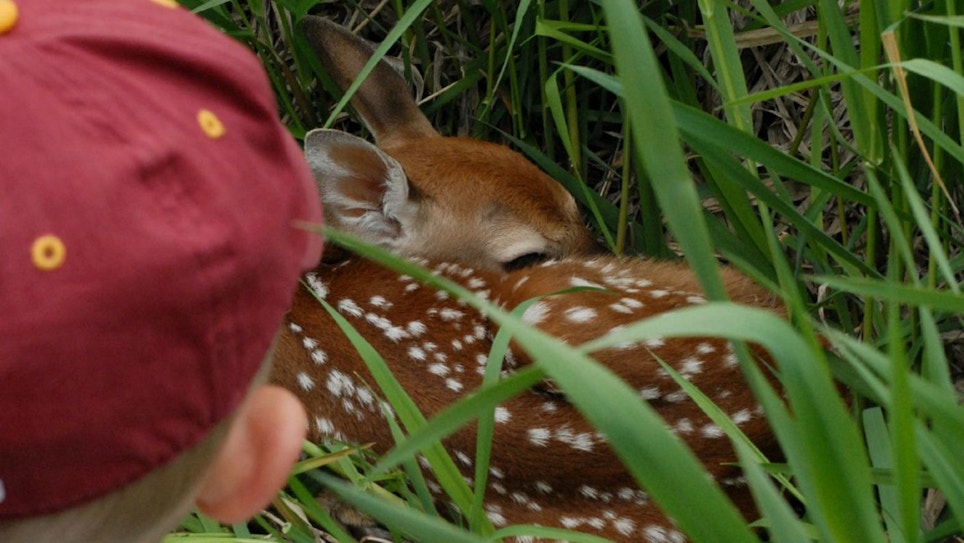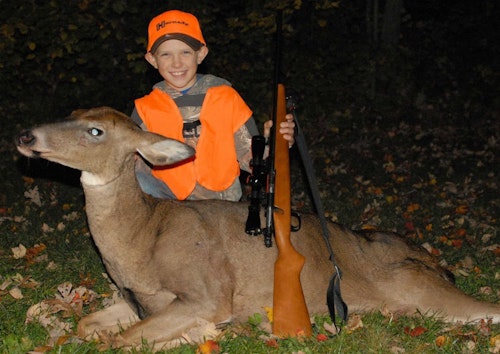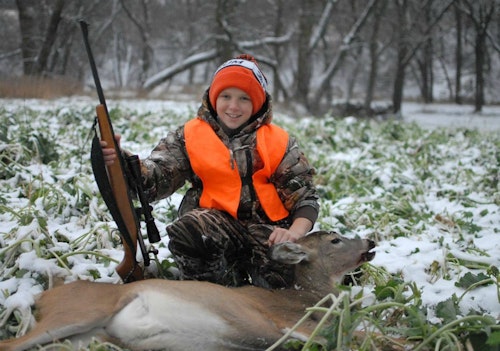
The author’s young son found this newborn whitetail fawn bedded on the edge of their yard, which borders a wooded river-bottom.
I recently read an interesting article from the Quality Deer Management Association (QDMA) authored by Justin Dion, Jacob Haus, Joe Rogerson and Jacob Bowman. The story’s title caught my attention: “Born With One Hoof in the Grave? Fawns Die Even Without Predators.”
As someone who has lived in whitetail country his whole life, I consider myself pretty well educated on everything whitetail, but this article implied I had something to learn. I dropped everything and began reading.
The authors note that while predators — primarily coyotes — certainly play a major role in fawn survival, something else must be at play. The reason? Intense coyote-control measures in certain areas have not reversed the fawn-dying trend. So, the authors looked at a wild whitetail population that lives in Sussex County, Delaware, where coyotes are extremely rare.
The authors captured and collared 109 newborn whitetail fawns in Sussex County during the springs of 2016 and 2017 to monitor their survival. The results? After 90 days, fawn survival was only 45 percent. Quote: “ . . . all of our fawn deaths were linked to natural causes such as emaciation, disease, or birth defects.”
Is there anything we can do to help change this alarming trend? The authors identify three important factors in fawn survival: birth weight, daily rainfall and doe age. While we can’t control the weather (rainfall), and fawn birth weight is a complex puzzle to solve, our hunting behavior can affect doe age.
Because the authors found that mature does (4 years and older) are “better capable of caring for their offspring,” it makes sense that deer hunters can influence fawn mortality by filling antlerless deer tags with immature does rather than mature does.

This article was an eye-opener for me. I certainly plan to implement this change in doe harvest philosophy on my Wisconsin and South Dakota hunting properties this deer season and into the future.






